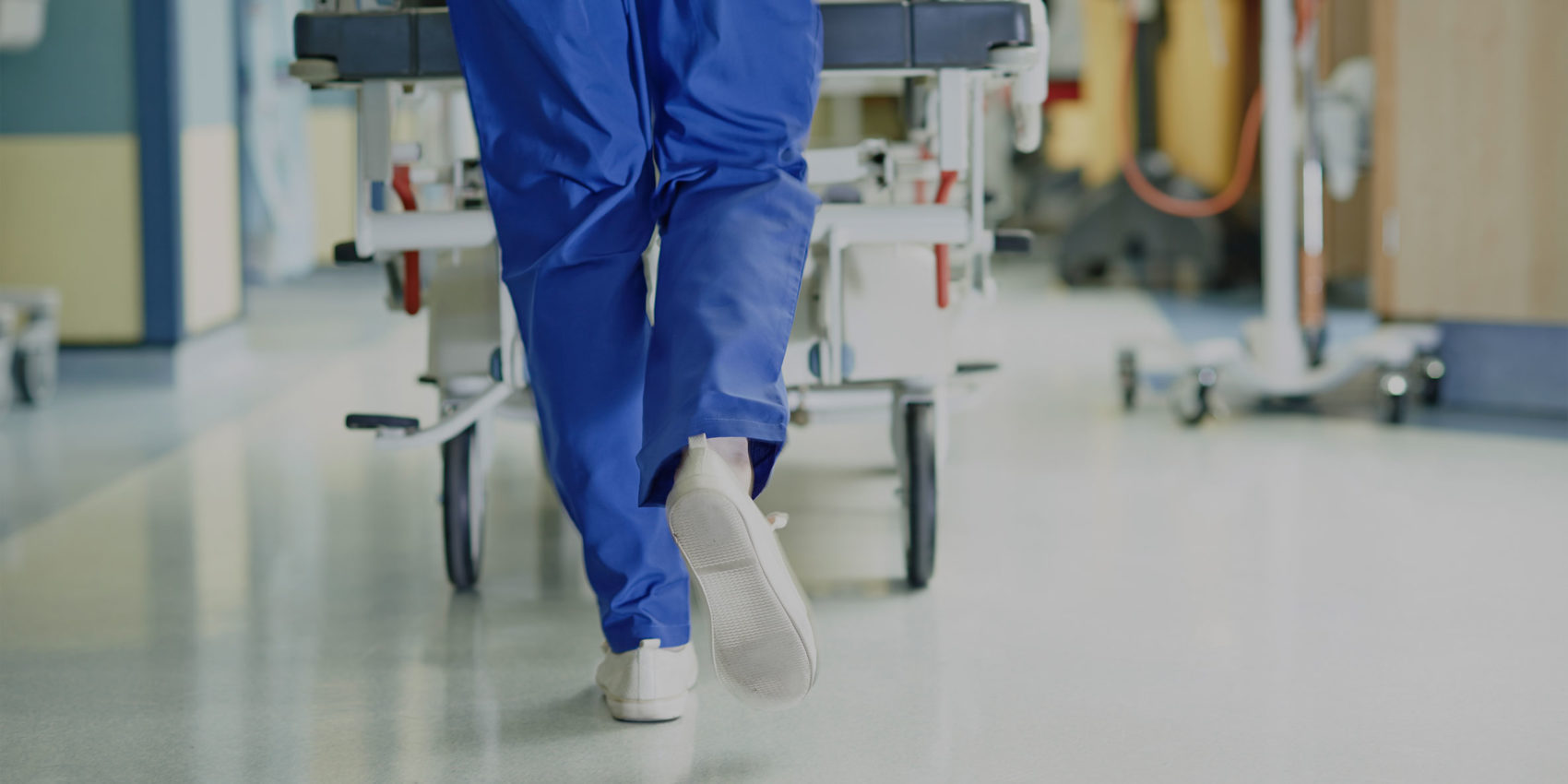According to the International Association for Healthcare Security and Safety (IAHSS) Foundation’s 2019 Crime Survey, Workplace Violence Type 2 continues to dominate the other types of workplace violence and is increasing. (The FBI’s workplace violence typology definition: violence directed at employees by customers, clients, patients, students, inmates, or any others for whom an organization provides services.) Workplace Violence Type 2 aggravated assaults accounted for 78% of all aggravated assaults and 88% of all assaults in U.S. hospitals.
Hospitals are responsible for the well-being of their patients and employees, so it’s crucial they prevent violence, theft and other hazards.
Creating and maintaining a safe, secure and welcoming environment includes strategies such as:
- Recruitment and selection for the security and safety team;
- Education and training for the entire healthcare community of staff, volunteers, clinicians, caregivers, and the security and safety team;
- Policy and process to support the security management plan;
- Technology, the force multiplier, to support security and safety team and the life- saving mission of the healthcare organization.
Understanding the key precautions and security equipment needed to protect patients, employees and visitors in hospital emergency rooms, is just one area and one aspect of the security management plan, developed collaboratively with the different healthcare teams.
1. Surveillance Cameras
Strategic surveillance camera installation can boost overall security and enhance emergency room visibility. With multiple cameras and a central monitoring system, security staff can remotely monitor different views of your emergency room via desktop, tablet or smartphone. Consider placing equipment in the following locations:
- Critical record areas.
- Elevators and fire escapes.
- Emergency room entrances and exits.
- Entrances to restricted areas.
- Equipment or medicine storage areas.
- Hallways.
Due to privacy concerns, there may be areas where cameras cannot be placed. Before installing surveillance cameras at your healthcare facility, understand legal considerations and liabilities.
2. Monitored Alarms and Detectors
Between the urgency of visits, and people constantly coming and going, emergency rooms can be chaotic. Monitored alarm systems and various detectors let you uncover safety risks, such as electrical damage from flood leaks or unauthorized access to medical equipment, before it’s too late.
Boost employee, patient and building safety with:
- Environmental hazard monitors: Detect smoke, carbon monoxide and flooding.
- Intrusion alarms: Around-the-clock monitoring notifies appropriate authorities if a break-in occurs.
- Motion sensors: Instantly detect if someone has accessed or entered a restricted area, such as your medical supply storage closet.
- Panic buttons: Should your emergency room experience a threat or violent act, panic buttons allow staff to signal for help.
3. Access Control
Whether a storage cabinet or an operating room, access control equipment limits accessibility to only authorized individuals.
Examples of access control products that can help secure restricted areas are:
- Biometric readers.
- Intercom systems.
- Key access cards.
- Photo identification.
- Swipe readers.
With proper installation, gain control over who is entering and leaving specific areas for improved visitor management.


